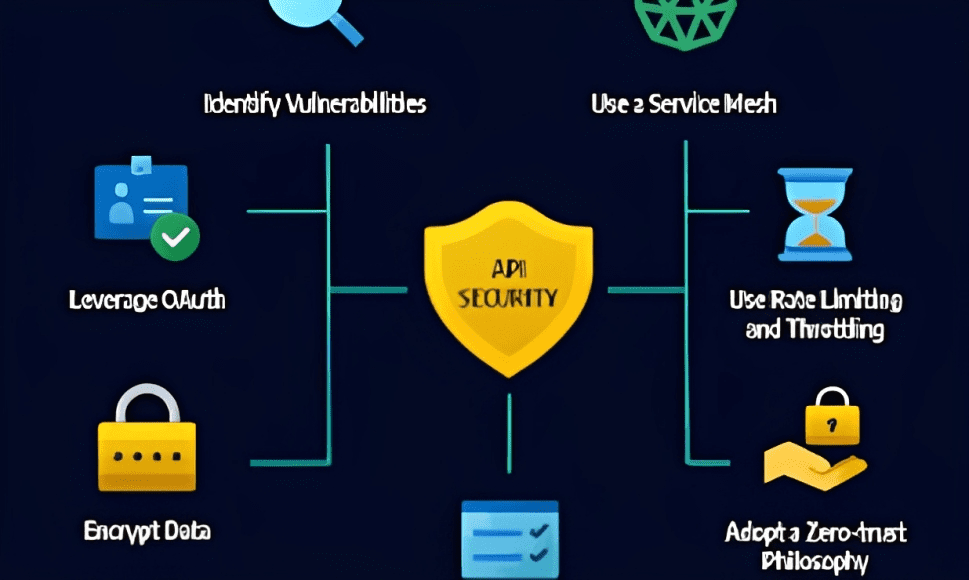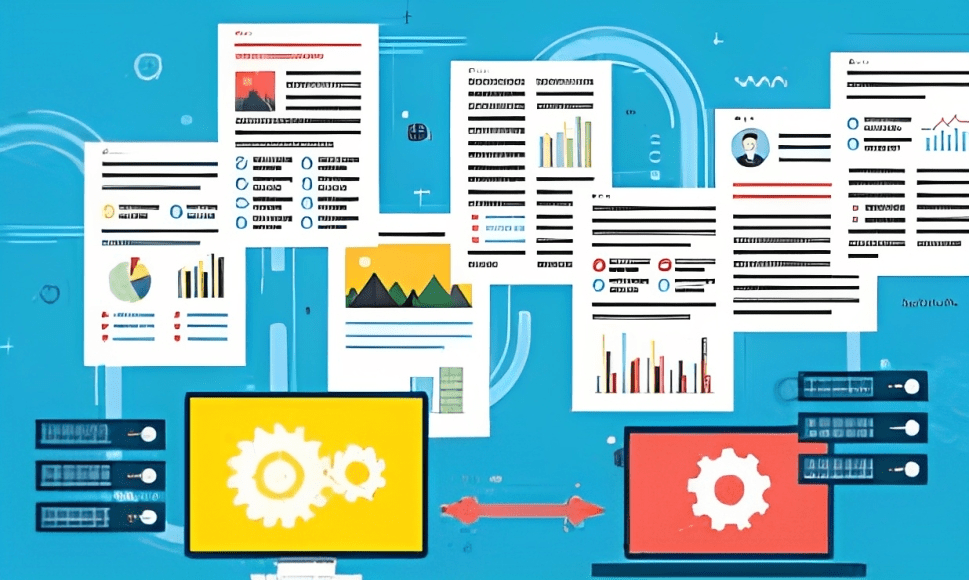APIs (Application Programming Interfaces) are an essential component of modern software development. They allow different systems, applications, and platforms to communicate and exchange data. APIs have become a standard way of integrating third-party services, building microservices, and developing web and mobile applications. However, designing and implementing APIs that are reliable, secure, and scalable can be a challenging task.
In this blog post, we’ll cover some best practices for building robust and scalable APIs, including API design principles, security considerations, testing, and documentation.
API Design Principles
Designing a good API is critical to its success. A well-designed API should be easy to use, intuitive, and consistent. Here are some API design principles to keep in mind:
- Use standard HTTP methods (GET, POST, PUT, DELETE) to define the actions that the API can perform.
- Use meaningful and consistent resource URLs that reflect the data being accessed.
- Use a consistent data format such as JSON or XML for request and response bodies.
- Use versioning to ensure backward compatibility and avoid breaking changes.
- Use pagination and filtering to optimize performance and reduce the amount of data returned.
- Use error codes and messages to provide meaningful feedback to clients.

API Security Considerations
APIs are exposed to the public and can be vulnerable to attacks. Security should be a top priority when designing and implementing APIs. Here are some API security considerations:
- Use HTTPS to encrypt data in transit and prevent eavesdropping.
- Use authentication and authorization to control access to the API and protect sensitive data.
- Use input validation to prevent injection attacks and other types of exploits.
- Use rate limiting to prevent abusive usage and avoid overloading the API.
- Use monitoring and logging to detect and respond to security incidents.
API Testing
Testing is critical to ensuring the reliability and performance of APIs. Here are some API testing best practices:
- Use automated testing to reduce the risk of human error and ensure consistent results.
- Use different testing techniques such as unit testing, integration testing, and load testing.
- Test for edge cases and unexpected inputs to ensure the API can handle different scenarios.
- Use mocking to simulate different responses and test error handling.
- Test API documentation to ensure it’s accurate and up-to-date.

API Documentation
API documentation is critical for developers to understand how to use the API and integrate it into their applications. Here are some best practices for API documentation:
- Use a consistent and clear format for documenting the API, such as OpenAPI or Swagger.
- Document the API endpoints, request and response formats, and error codes.
- Provide examples of how to use the API with different programming languages.
- Update the documentation regularly to reflect changes to the API.
- Use versioning to ensure that documentation matches the API version.
In conclusion, building robust and scalable APIs is critical to the success of modern software development. By following best practices for API design, security, testing, and documentation, you can ensure that your APIs are reliable, secure, and easy to use. Always keep in mind the end-users and their experience when using your API. With these best practices in mind, you can create APIs that are an asset to your software development project.










